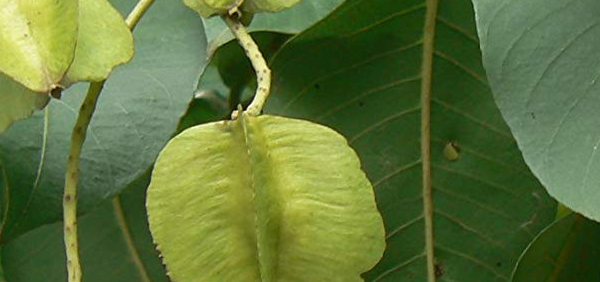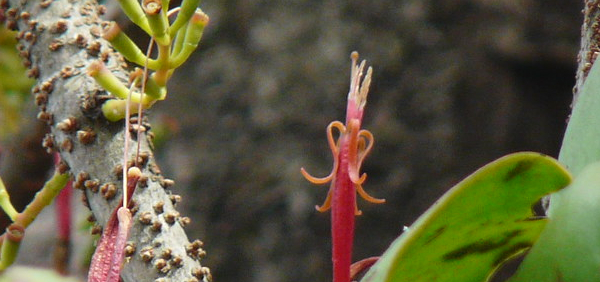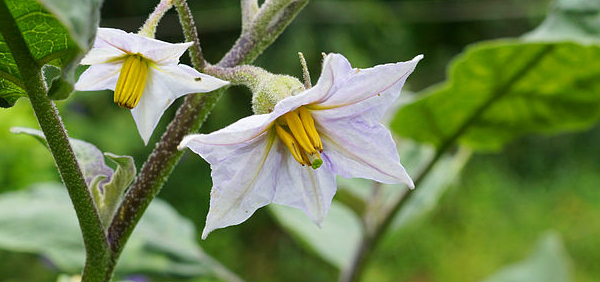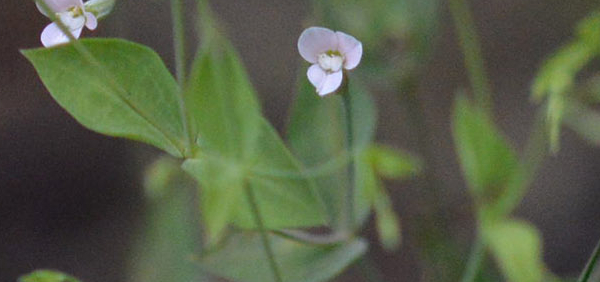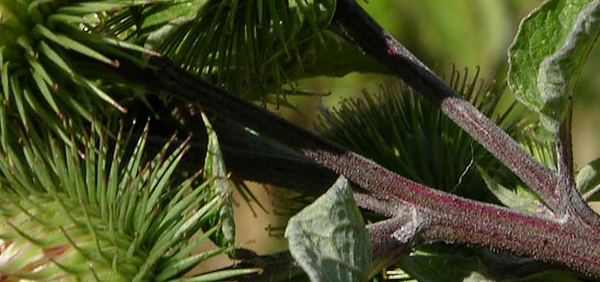karavira :

Phytochemistry:
Phytochemical screening of plant materials yielded alkaloids, tannins, flavonoids, amino acids, phenols, terpenoids, carbohydrates, loco anthocyanidine, steroids, and glycosides.
- Study yielded glycoside, oleandrin; tannin; volatile oil, 0.25%.
- Yielded two principles: neriin and oleandrin, glucosides with properties similar to digitalin.
- The seeds yield fat 17.4%, phytosterin and l-strophanthin.
- Bark contains toxic glycosides: rosaginin and nerlin, volatile oil, fixed oil.
- Nerium odorums bark yielded two toxic bitter principles–neriodorin and neriodorein. Another toxic principle is karabin. Both karabin and neriodorin are probably resins, rather than glucosides.
- Roots yield a yellow, poisonous resin, tannic acid, wax, and sugar, but no alkaloid or volatile poison.
- Study isolated 14 compounds: a new pregnane, 14α,16-dihydroxy-3-oxo-γ-lactone-pregn-4-en-21-oic acid (16β,17α), and thirteen known cardiac glycosides:oleandrin, oleandrigenin, neriosid, nerigoside,16,17-didehydrosomalin, oleaside A, adynerin, odoroside-A , 3β-hydroxy-5β-carda-8β,14β,20,(22)-trienolid, odoroside H, deacetyloandrin, adynerigenin,3β-hydroxy-5α-8β,14β-epoxy-card-20(22)-enolid.
- Study of roots yielded carbohydrates, proteins, steroids, flavanoids, tannins, and phenolic compounds.
- GC-MS analysis of leave extract for alkaloid constitution yielded 8 alkaloid compounds: 2-cyclopenten-1-one, 2-hydroxy-3-methyl (1), 5-Hydrooxy methylfurfural (2), β-d-allopyranoside, methyle 6-dioxy-2-o methyl (3), 2-Cyclohexen-1-one, 4-(hydroxybutyle)-3.5.5- trimethyl (4), 3-Eicosene (5), 1-Monolinoleoyl-glycerol trimethylsilyl ether (6), 9.12.15-Octadecatrienoic acid,2,3bis[trimethylsilyl]oxy] propyl ester (7), and Octadecane, 3-ethyl-5-(2-ethylbutyl) (8).
- Plant yielded a number a related cardiac glycosides similar in activity to digitalis. Main glycosides are oleandrin, neriin, cardenolides, bentiobiosyl, oleandrin and odoroside. Plant has yielded other pharmacologically active compounds, including folinerin, rosagenin, rutin, and oleandomycin.
- Study of N. oleander yielded three new pregananes, 21-hydroxypregna-4,6-diene-3,12,20-trione (1), 20R-hydroxypregna-4,6-diene-3,12-dione (2), and 16β,17β-epoxy-12β-hydroxypregna-4,6-diene-3,20-dione (3), along with two known compounds, neridienone A (4) and neridienone B (5). (see study below)
- Phyytochemical screening of flower extracts yielded alkaloids, flavonoids, proteins, tannins, saponins, sterols, carbohydrates, and phenols, with absence of quinones
PHARMACOLOGY:
IMPORTANT FORMULATIONS –- Kasisadi Taila
- Manikya rasa
- Chitrakadi taila
- Brihat marichadi taila
- » Classification and names of karavira
- » Synonyms and definitions of karavira
- » Drug Properties of karavira
- » Chemical Constituents of karavira
- » Standardization of karavira
- » Parts used and Dosage of karavira
- » Morphology and Histology of karavira
- » Distribution and Conservation of karavira
- » Cultivation of karavira
- » karavira in the market
- » Medicinal Uses of karavira
- » Researches and clinical trails of karavira
- » karavira in other sytems of medicine
- » Ayurvedic formulations with karavira
- » Images of karavira




